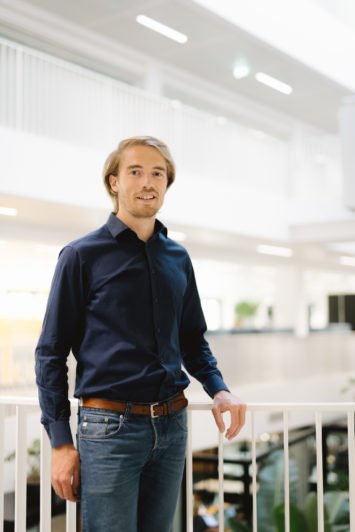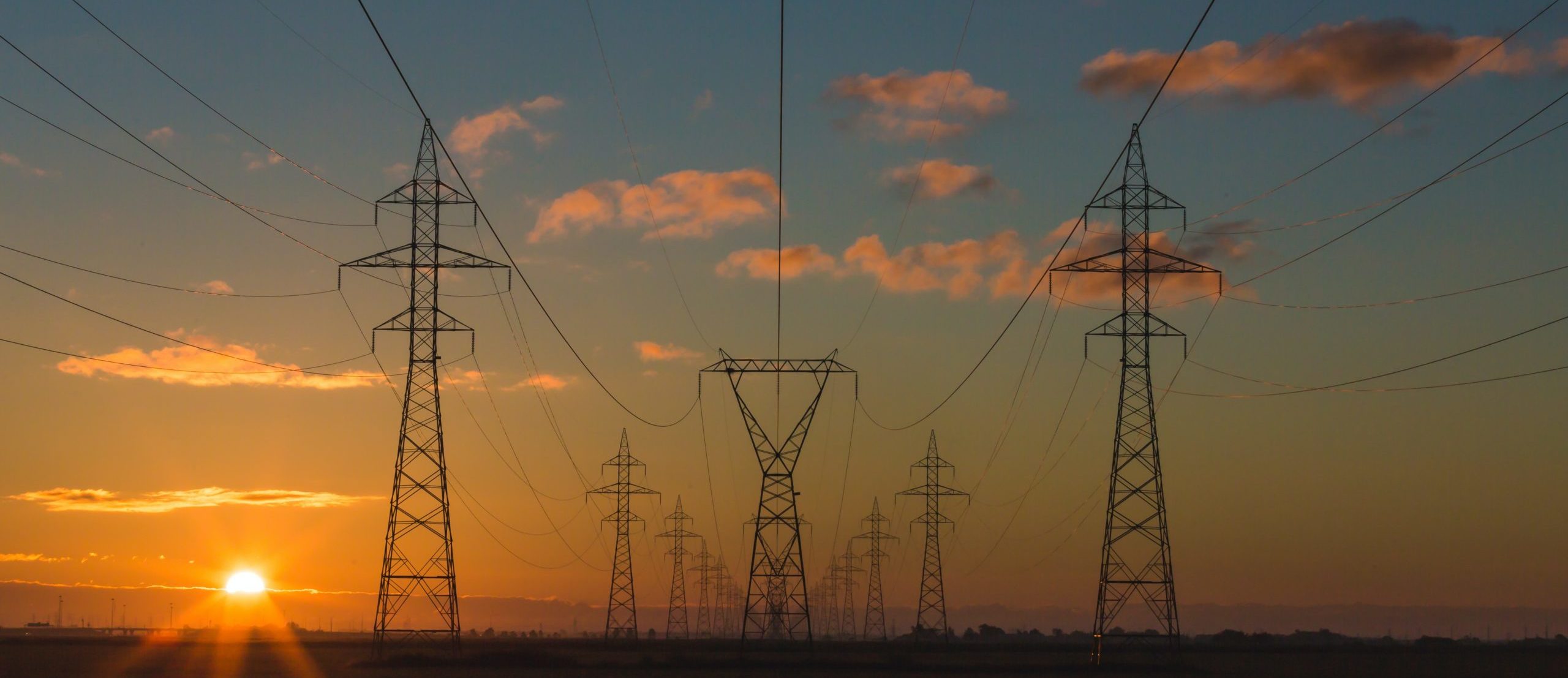Editor’s note: This is a sponsored article, which means it is independently written by our editorial team but financially supported by another organisation, in this case, Techleap.nl. If you would like to learn more about sponsored posts on tech.eu, read this and contact us if you are interested in partnering with us.
The transition to renewable energy is as important as it is insanely complex. Like an immense jigsaw puzzle, it requires thousands of small — or relatively small — things to come together on both national and regional levels.
“What's so fascinating about the energy transition is that there's no one answer,” said Simon Bushell, CEO and founder of the Dutch flexibility specialist Sympower. “We need more wind turbines and solar parks, we need batteries, electric vehicles, flexibility assets, we also probably need another form of energy storage like hydrogen… But if someone tells you that we only need one thing to ensure the energy transition, don't believe them.”
From its side, Sympower is contributing by maximising the value of flexibility of energy consumption, or, put more simply, making sure that the electricity grid always remains in balance. To achieve this, the company partners with leading industry players. It also works with industrial consumers and uses its in-house developed software platform to temporarily adjust the power of systems, machines and processes in response to grid changes.
“Take an industrial freezer for example,” Bushell said. “We can control when to turn these assets on or off. If the sun is shining very brightly and there's a lot of electricity in the grid, then we can make the freezers use a bit more electricity, and then later when everyone comes home and turns on their TV, lights, and heating, we reduce the temperature between -20 and -30 degrees for a bit, then let the temperature raise back to the higher limit.”
Sympower provides a service to grid operators by balancing the grid in this way and gets paid for doing so. The revenue is then shared with its customers – the owners of the flexible assets – for whom the earnings may account for up to 15 percent of their electricity bill.
Time to scale up
Founded in 2015, the company has raised €4 million so far and is currently working on closing its next funding round.

“Thanks to new EU regulations, more countries are opening up for independent aggregators,” Bushell said. ”We see many opportunities, and we want to take advantage of them. We want to grow faster.”
With nearly 40 people in its team, Sympower operates in the Netherlands, Finland, and Sweden. In addition, it has a project office in Israel, while part of its development team is located in Estonia. The company works with grid operators, energy resellers, EV fleet operators and companies in traditional industries such as paper and pulp, recycling and waste, agriculture and water management. Basically, any business that consumes a lot of electricity.
As part of its growth, Sympower joined the 2020 cohort of the Techleap.nl Rise Programme, which helps companies based in the Netherlands scale up rapidly through peer-to-peer knowledge sharing and expert sessions. During the programme, Sympower has found the support it needed to make the next step in its growth.
“We're at the stage now where we're moving from being a startup to a scale-up,” Bushell said. “We're changing internal processes, our team is growing, and we're figuring out how we can do things in a more structured way. The same goes for our international expansion: we used to do it in a more of an opportunistic way, but now it's time to switch to a more structured approach.”
Lightning-fast orchestration
Calling itself a pure software company, Sympower makes a point in not getting too involved with the hardware aspect of the business. To connect new flexible assets to its platform, the company uses off-the-shelf components provided by third-party manufacturers and contracts external installation technicians.
The balancing part remains the core of the company's offering — and getting it right can actually be much harder than it may seem. Flexibility is a hugely important part of the energy transition, because the output of renewable energy sources is harder to control than that of a traditional coal-burning power plant.
“There needs to be a complete rethink in the way we use electricity,” Bushell said. “Before, the coal and gas plants would change the amount of electricity produced based on how the consumers used it; now, we need to use the electricity when it's being produced. This requires very high flexibility of the whole system.”
An impressive detail about Sympower's platform is how quickly it has to work in order to comply with local regulations in the markets where it operates. The required reaction time is only 0.7s — during this time, the system has to measure the network frequency, send data to the cloud, process it, issue the command to the assets, and measure the network again.
A glimpse into the future
The lockdowns across Europe that started after the COVID-19 pandemic hit in early 2020 didn't impact Sympower as much as many other companies. Internally, it was already quite distributed and, as Bushell puts it, “we moved from five offices to 35.” Sympower's customers are mostly considered essential businesses that haven’t closed during the lockdowns, so it's managed to maintain its balancing capacity.
“What the lockdowns – in combination with a sunny and windy spring – showed us here in the Netherlands was almost a glimpse into the future of energy production,” Bushell said. “We saw very high renewable production and low consumption; also, for the first time ever, we saw a significant amount of negative electricity prices. Consumers were literally being paid to use electricity at times.”
That unusual situation on the energy market has shown that flexibility in grid balancing is an essential prerequisite for the renewable energy transition. With that in mind, Sympower is gearing up towards expansion, both geographically and in terms of the types of companies it partners with.
“We're in the very middle of this transition, and we're always looking for new opportunities,” Bushell said. “We're currently working on a project that looks at smart charging of electric vehicles. In the Netherlands, we're also looking at balancing district electric heating networks. I see us orchestrating all that needs to happen in all these different areas.”
Featured image credit: Matthew Henry on Unsplash



Would you like to write the first comment?
Login to post comments